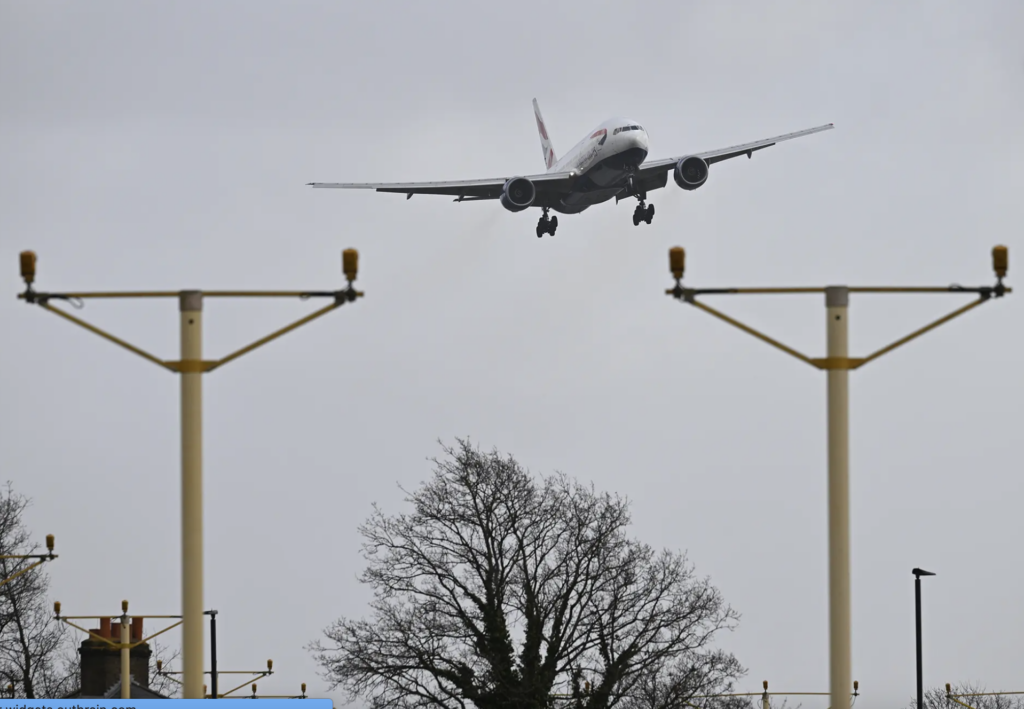
SESAR partners have demonstrated a reduction in wake vortices at large airports by using a system with a series of parallel metal plates. (Photo: Getty)
Europe’s largest aviation research initiative has successfully tested a technology that could allow airports to safely boost runway throughput to accommodate an expected increase in air traffic.
Partners within the Single European Sky Air Traffic Modernization Research (SESAR) effort recently demonstrated the effectiveness of a system to reduce wake vortices at large airports using a series of parallel metal plates.
Even beyond renewed air traffic following COVID-19 strictures, air traffic is expected to continue to grow in coming years, but aircraft capacity already is constrained at many large airports. Airports need to improve runway throughput while maintaining safety levels to meet the uptick in demand.
That is the goal of SORT, or Safety Optimized Runway Throughput, which hosted a visitor day in February at the Vienna Airport in Austria. There, SESAR experts tested what they call “plate lines,” developed by the German Aerospace Center.
The plate lines were shown to effectively tamp down wake vortices, a major concern for small and medium-sized airplanes landing in proximity with large passenger airliners. The larger jets can create a circulating air vortex behind them that can destabilize following aircraft. For that reason, aircraft must be spaced far enough apart not to encounter these potentially hazardous conditions.
Small and medium-sized aircraft currently have to maintain a distance of 10 kilometers (6 miles) from larger aircraft flying ahead of them in order to ensure safety. Lines of vertical, parallel plates placed at the head of a runway could allow for shorter spacing between aircraft.
“A plate line can be set up to attenuate the circulating vortices in front of a runway more quickly allowing the wake vortices to decay much more quickly,” according to SESAR. “Testing revealed that wake vortex lifetime in ground proximity can be reduced by up to 37 percent. Plate Lines can be installed at busy airports in a timely manner to improve both safety and runway capacity at large airports. In the near future, plate Lines could be combined with the RECAT-EU-PWS procedure, which is expected to be approved by EASA (European Aviation Safety Agency) this year.”
The plate lines were installed and tested at Vienna Airport in collaboration with Austro Control. The visitor day also included a visit to the plate prototype located at the testing ground Rauchenwarth, alongside presentations in the Vienna Tower.